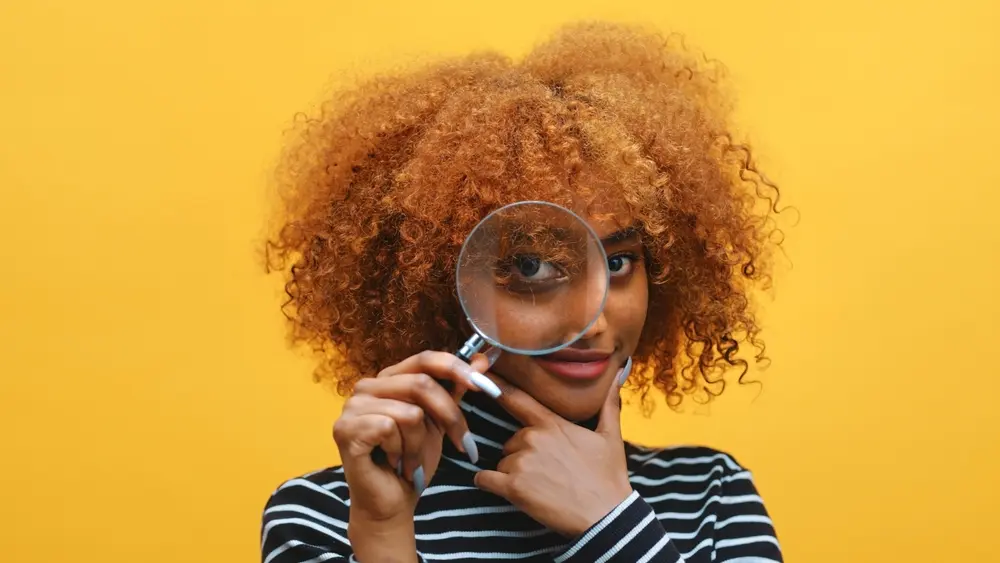Why Social Spy Is The “Lie To Me” For The Next Generation

You enter a social situation and immediately feel overloaded by stimuli: sounds, sights, the warmth from lights and bodies or perhaps the opposite, the cold of the air conditioner or the silence of the room. All of these “sensory” inputs can feel overwhelming and interfere with focusing on what you’re here to do.
If you’re also someone with a heavy inner critic and a photographic memory of all of your past mistakes and foibles, it’s no wonder reading the room is hard. Your worries about being able to connect with other people and “be social” are at risk of failing because your ability to read your environment is now in question.
As you experience the inner yelling match between your inner state (voice in your head) and outer state (the world around you), discerning subtle social cues, knowing what is truly important versus a passing detail is especially difficult if you are neurodiverse. Discernment, organizing your attention and focus are all difficult.
When people talk about “reading the room” or becoming a human lie detector it feels complicated- almost elusive to you. And yet, this is the key to understanding how to feel calm, safe and even confident in social settings.
What Exactly are we Talking About?
The truth is that facial expressions and body language give you critical information about the inner emotional world of other people. Their reactions tell you what they are feeling at the moment.
These impulses otherwise known as microexpressions flash across people’s faces and inadvertently reveal the inner feelings of your coworkers, friends and acquaintances. This is true for every area of your life from coffee shops to banks, school to your office and all across your daily life.
So What is Lie to Me?
The concept of reading microexpressions was made famous by the TV show Lie to Me and the work of Paul Ekman. Microexpressions are the brief, fleeting expressions people have when they experience emotions or react to other people.
As Ekman notes, “The face offers us the best window into the emotional lives of others.” But for many people watching for a flicker or fast moving facial expression is too hard to process. Not to mention adding all of those micro bits of data together to tell you what’s going on.
Imagine trying to do that while stressed out about trying to make conversation and manage your own emotions at the same time. It’s daunting.
The truth is watching microexpressions requires strong executive function skills. These skills come together to organize your thoughts, notice and detect the quick moving expressions and process quickly what those expressions mean.
This kind of processing isn’t readily available to everyone.
But it does work.
Learning to read body language and facial expressions needs to feel attainable; something people can be motivated to learn so anyone can feel they are successful and not repeating past failures. The process needs to be fun, engaging, stimulating, even gamified.
Learning through games has been shown to increase understanding, improve motivation and even catapult understanding.
Enter Social Spy.
Social Spy Is Simple
Social Spy is a simplified and fun process to help you learn how to observe key social clues from the people around you and then use that information to make better decisions. It incorporates two key ingredients: quiet observation and informed decision making.
When you react to social environments with the information social spying provides you, you are less likely to make the wrong move, speak out of turn or say something that will offend, hurt or trigger the person you’re speaking to.
It also builds confidence so you feel better about all of your social interactions, from work to play, school to the playground. It works for kids and adults and is a great tool to teach anyone how to observe before reacting.
Social Spy can be used to:
- Observe the unspoken rules of different environments
- Notice body language, facial expressions
- Identify people’s emotions
- Detect how they talk about topics
- Identify people’s type of humor
- Check your perspective
Spying is quietly observing subtly, without staring, hovering or leering. It means watching people without being obvious. Spy can be noticing the nonverbal communication of people you know, someone in a meeting or even strangers.
Rather than looking for fleeting expressions, Social Spy is watching big group muscles, observing the whole scene and then zooming in to observe people’s facial expressions, body language or to listen for their tone of voice. Social Spy is something anyone can learn – at any age.
Neurodiversity has risen in popularity dramatically over the past three years. In fact, on Google alone, the term is searched for more than 300K times a month (Dec 2022 SEMRush). As we talk more and more about how common it is for people young and old to interact socially, solutions like Social Spy are more important than ever.
And the best news is that it’s completely accessible. Everyone can learn to be a great social spy. All it takes is a little effort to learn how to steathfully read the room and then interact with the people around you.
If you or someone you love needs help with social spy, making friends or other social challenges, please check out my store for support or watch my latest Tedx Talk on How To Become A Social Spy.



